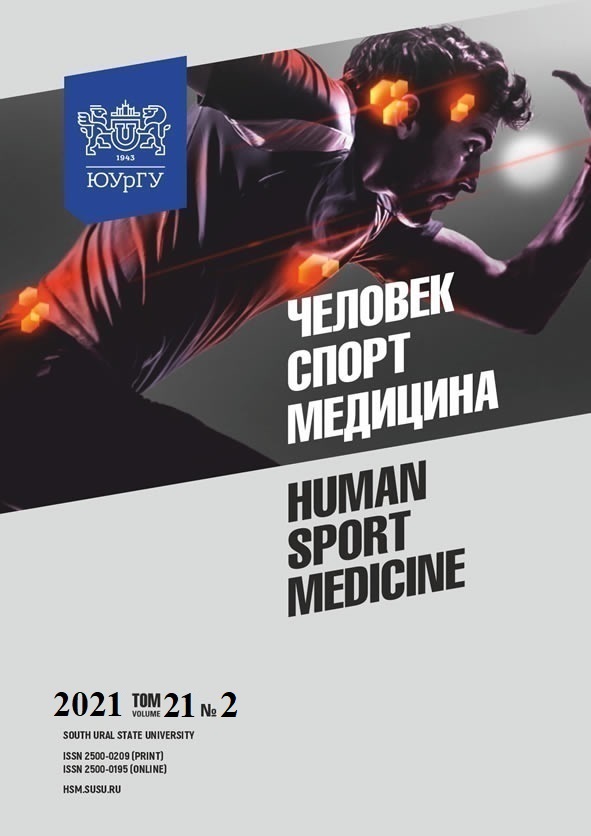READINESS FOR PHYSICAL ACTIVITIES IN JUNIOR SCHOOLCHILDREN
Abstract
Aim. The purpose of the study was to monitor the functional state of schoolchildren for identifying their readiness for physical education and changing PE classes according to their needs. Materials and methods. The research was carried out in six educational institutions in Moscow during the 2019–2020 academic year. The level of functional readiness for PE classes was established in 507 junior schoolchildren of the main and reduced exercise groups. Anthropometric and functional indicators of the cardiovascular and respiratory systems were analyzed together with the adaptive potential of schoolchildren, which followed by an integral assessment of their functional readiness. Results. A third of children have a low and below average level of readiness for physical activity and impaired heart function, which is confirmed by stress signs in adaptation mechanisms. Half of the children have weak core muscles and respiratory muscles, which results in cardiorespiratory failure and is more typical of girls. A third of children have body weight change, while overweight is found in 23.9% of children and obesity is found in 10.3%, which can be a risk factor for cardiovascular pathology and diabetes mellitus. Conclusion. The data obtained during the study must be taken into account when developing a PE program to improve and secure PE teaching practices.
References
References on translit
Copyright (c) 2021 Human. Sport. Medicine

This work is licensed under a Creative Commons Attribution-NonCommercial-NoDerivatives 4.0 International License.















